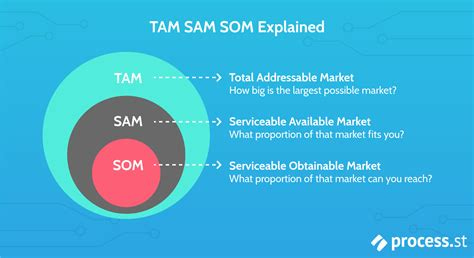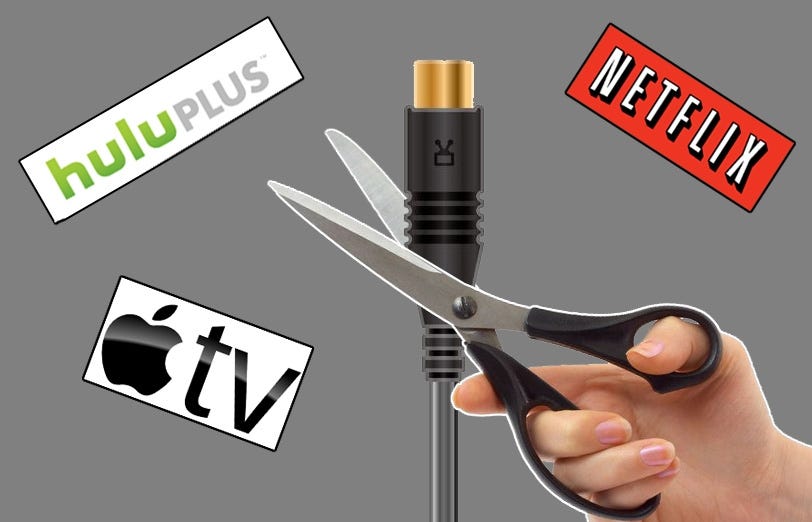How To Calculate Substack's Total Addressable Market
Estimating Substack's massive potential and motivating the masses to make the switch to Substack
Comrades: Substack has only reached less than 1% of its total addressable market. The upside is immense. LFG!
Substack has made impressive progress in seven years. It is currently generating ~$30 million in net recurring revenue ($300 million gross) with 20 million users. 1,000+ writers make $100,000+ annually, which is more 6-figure authors than the Big 5 publishers combined. The company is on track to more than double most of these metrics in 2024, yet it is only scratching the surface of its massive potential. By comparison, the New York Times has 10 million paying subscribers and $1.6 billion in annual subscription revenue.
Let’s do a quick back of the envelope calculation of Substack’s total addressable market.
There are ~200 million American adults.
Using conservative round number, let’s assume each spends ~$1,000 per year on news and entertainment. That includes all newspaper/magazine subscriptions, cable TV packages, and streaming services.
200 million X $1,000/year = $200 BILLION annual gross revenue opportunity.
Substack generously gives 90% of income to authors and keeps 10% for itself, so that means $20 billion in net ARR.
At $30 million net ARR, Substack has only reached 0.1% of its TAM.
You could easily triple all of these figures if you include the rest of the world.
Cut the cord, sub to a stack. Each American who transfers their news/entertainment spending from MSM to Substack could divert $100 per month. The average Substack costs $5 per month, which means 20 writers would benefit from every switch. 1,000 switches would generate $100,000 in new income per month to Substack writers.
If a million Americans made the switch, that would help thousands more writers reach the 1,000 true fans mark of financial independence. If 1% of the brilliant humans reading this article upgraded, I would reach the orange check mark of 1,000 paid subs. This humble samizdat’s audience represents 0.01% of the US population and 0.1% of the Substack user base.
The biggest challenge is awareness. According to surveys, the vast majority of Americans no longer trust MSM. How can we call them to action? Let’s all do our part to share and evangelize. Imagine a better media, better information diets, and a better world.
Respect to
, , , and team for making Substack great by protecting free speech:How To Make Substack the Greatest Subscription Network of All Time
To the brilliant humans who built and run Substack:









Hate to repeat myself, but despite its success, Substack’s business model is flawed. The minimum monthly subscription cost is $5; the average is about $6-$7, and rising, some creep into double digits I budget about $30 per month, and rotate my paid subscriptions through about a dozen stacks.
UnHerd is a much better value; WSJ is too, if you game their system. Substack HQ (bless their hearts) needs to shelve the $5 min. - would a writer rather get, say, $1.99 a month or $0 - we all know the answer. Maybe do some “value packs”. I can think of 10 different ways to improve their system (aside from computer glitches), why can’t they? Been on S/S over (2) years; big fan . . but.
After the IRS disallowed deductions for charitable contributions I changed my giving strategy. Instead of only contributing to registered nonprofits, where the CEOs routinely make $1 million a year or more, I just put a certain percentage of my free cash into non-traditional things like: 1) giving a bit of cash to family members, particularly young people starting out in life; 2) giving a bit of financial help to friends or acquaintances who fall on hard luck; 3) tipping an insane amount of money to food servers who provide over the top service; 4) doing paid subscriptions even for authors I’m not able to read frequently.
Like most people I’m not rich, but those of us who don’t have the immense wealth of a George Soros or Bill Gates need to charitably subvert the establishment.
I’d also like to find a way to help out young people who want to go to trade school, since the middle and working classes are ignored and disdained by government and the professional managerial class. And “non-diverse” people are affirmatively and economically disadvantaged by nearly every institution in society. We need a lot more people in this country (legally) who make things and a lot fewer “studies” majors who sit at desks doing bs jobs.